Length 8.3 m Engine type Flat engine | Introduced 1948 | |
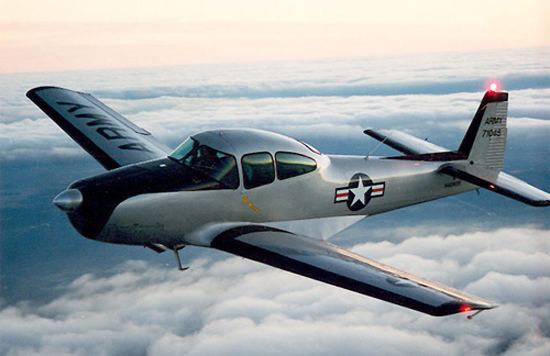 | ||
Manufacturers North American Aviation, Ryan Aeronautical, Tusco Corp. | ||
In the cockpit 1948 ryan navion l 17
The Ryan (originally North American) Navion is a United States single-engine, unpressurized, retractable gear, four-seat aircraft originally designed and built by North American Aviation in the 1940s. It was later built by Ryan Aeronautical Company and the Tubular Steel Corporation (TUSCO). The Navion was envisioned as an aircraft that would perfectly match the expected postwar boom in civilian aviation, since it was designed along the general lines of, and by the same company which produced the North American P-51 Mustang, generally regarded as one of the best Allied fighter aircraft.
Contents
- In the cockpit 1948 ryan navion l 17
- 1949 ryan navion starting
- Design and development
- Operational history
- Present day
- Variants
- Military
- Civil
- Specifications Super 260 Navion
- References
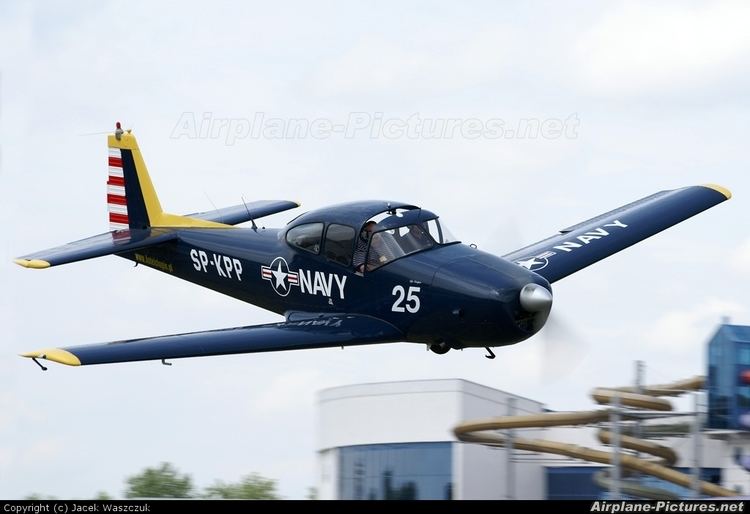
1949 ryan navion starting
Design and development
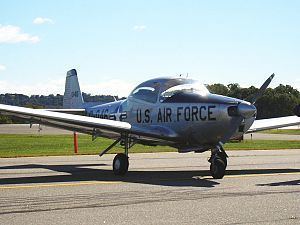
The Navion was originally designed at the end of World War II by North American Aviation as the NA-143 (but produced under the NA-145 designation). It was designed for the civilian market but also attracted the interest of the United States Army Air Forces. The Army Air Force ordered 83 of the NA-154 version, designated the L-17A, to be used as a liaison aircraft, personnel and cargo carrier, and trainer for the university-based Reserve Officers Training Corps flight training program, 35 of which were later converted to L-17C standard by the Schweizer Aircraft Company by fitting them with L-17B model features such as an auxiliary fuel tank.
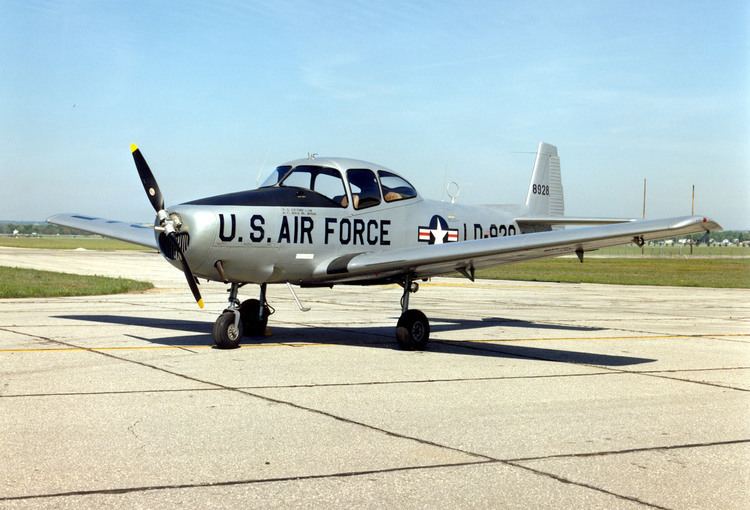
Ryan Aeronautical Company acquired the design in 1948, and built approximately 1,200 examples over the following three years. Ryan designated the aircraft the Navion A with a 205 hp (153 kW) Continental E-185-3 or -9 and, later, the Navion B with 260 hp (194 kW) engines of either the Lycoming GO-435-C2, or optionally the Continental IO-470 engine. The Navion As became the basis for the military L-17B.
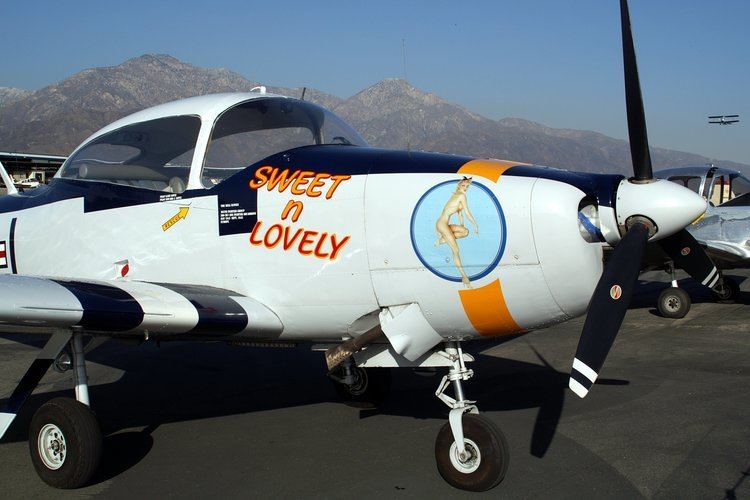
A single prototype Navion Model 72 was developed to compete for the US Air Force trainer aircraft procurement that was awarded to Beechcraft and resulted in the T-34. The prototype featured two-seat side-by-side seating, and twelve windows intended to be replaced with a bubble canopy. The Model 72 was not mass-produced but, was instead, used as flying test bed for future modifications to the Navion line.
TUSCO took over production of the Navion in the mid-1950s, manufacturing D, E and F models with a variety of enhancements including tip tanks and flush rivets. Navion Rangemaster aircraft were manufactured from 1961 to 1976. Their production followed that of earlier canopy-model Navion aircraft. In addition to the 39.5-gallon (150 litre) main fuel tanks, the Rangemasters added tip tanks with 34 gallons (128 l) each. The total fuel capacity of 107.5 gallons (407 l) gave these Navions the range for which they are named. TUSCO also introduced the Navion Rangemaster G model in 1960, which incorporated all previous advancements, replaced the Navion's sliding canopy with a side door, enlarged the cabin, created five separate seats, and standardized use of tiptanks and larger, late-model Continental engines. An H Model was produced as well, very nearly the same as the G Model except for a few minor enhancements. The last few Navions were manufactured (all H Models) by Navion Aircraft Company during a short production run ending in 1976 during one of several attempts to restore the airplane to commercial viability.
Operational history
Pre-World War II, light civilian aircraft such as the Piper J-3 Cub and Aeronca Champion typically were made of wood or steel-tube fuselages with wooden wings. These pre-war designs were also marketed after the war, but did not sell well. While Republic offered an amphibious aircraft, the Seabee, Cessna offered the 195, and Beechcraft offered by far the most successful type Bonanza, which remains in production in 2017. All of these aircraft, including the Navion were significantly more advanced than prewar civilian aircraft and they set the stage for aircraft built from aluminum sheets riveted to aluminum formers. It was thought that wartime pilots would come home and continue flying with their families and friends under more peaceful conditions, but the postwar boom in civilian aviation did not materialize to the extent the manufacturers envisioned.
Sales of the Navion were helped by the visibility of several celebrities who flew them, including Veronica Lake, Arthur Godfrey, Mickey Rooney and Bill Cullen. Retired Utah Senator Jake Garn is a current Navion owner.
Present day
As of 2010, many Navions are still flying and there is an active Navion owners community. On 18 March 2003 Sierra Hotel Aero Inc of South St. Paul, Minnesota purchased the type certificate, design data, molds and tooling. Company stated in January 2013, that it was two to three years away from bringing the aircraft back into production. In the meantime Sierra Hotel Aero is carrying out re-manufacturing and upgrading for some owners of Navions.
A pair of highly modified Navions were flown by Princeton University as the Variable-Response Research Aircraft (VRA) and the Avionics Research Aircraft (ARA). The VRA was given a pair of vertical side-force-generating surfaces mounted midway between wing roots and tips and a digital fly-by-wire (DFBW) control system, first installed in 1978, that parallels the standard Navion's mechanical control system and the fast-acting wing flaps that produce negative as well as positive lift. With these, the VRA can simulate the motions of other aircraft types through independent, closed-loop control of all the forces and moments acting on the airplane. Having completed over 20 years of research at Princeton University's Flight Research Laboratory, the VRA and its sister ship, the Avionics Research Aircraft (which is virtually identical to the VRA but does not have side-force panels) currently are owned and operated by the University of Tennessee Space Institute .
Variants
Military
Civil
The Navion is popular with private individuals and companies.
Military
Specifications (Super 260 Navion)
Data from Jane's All The World's Aircraft 1951–52
General characteristics
Performance
